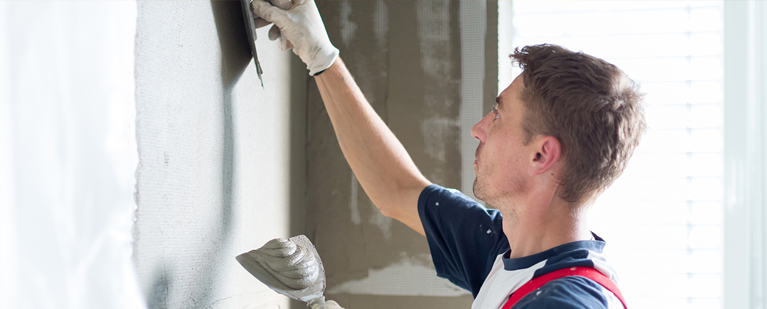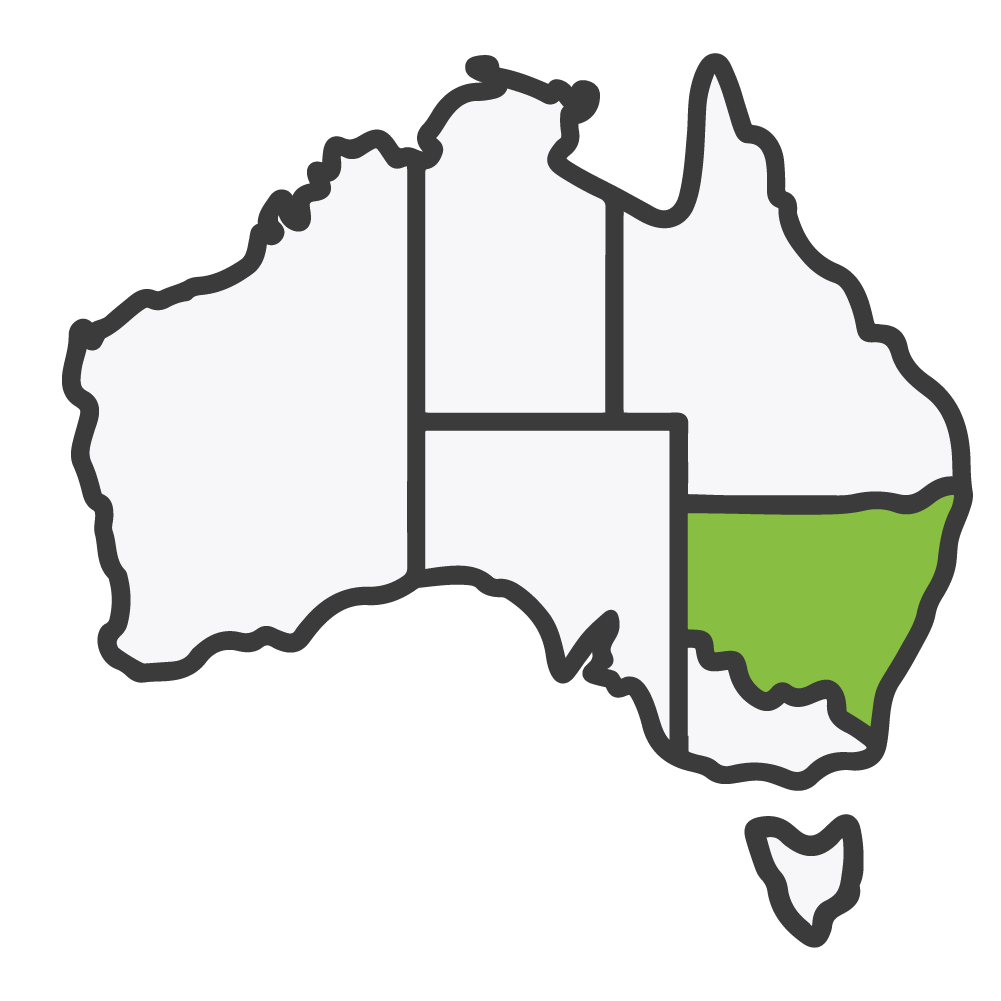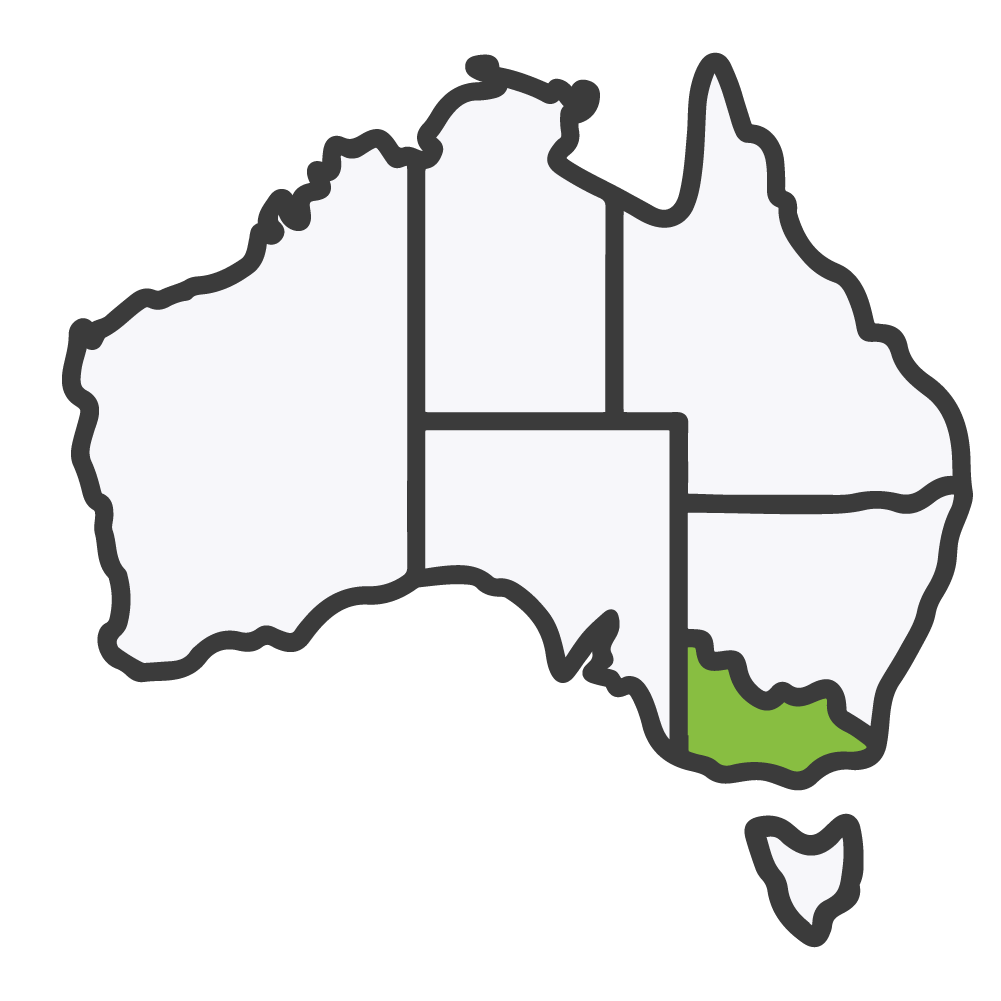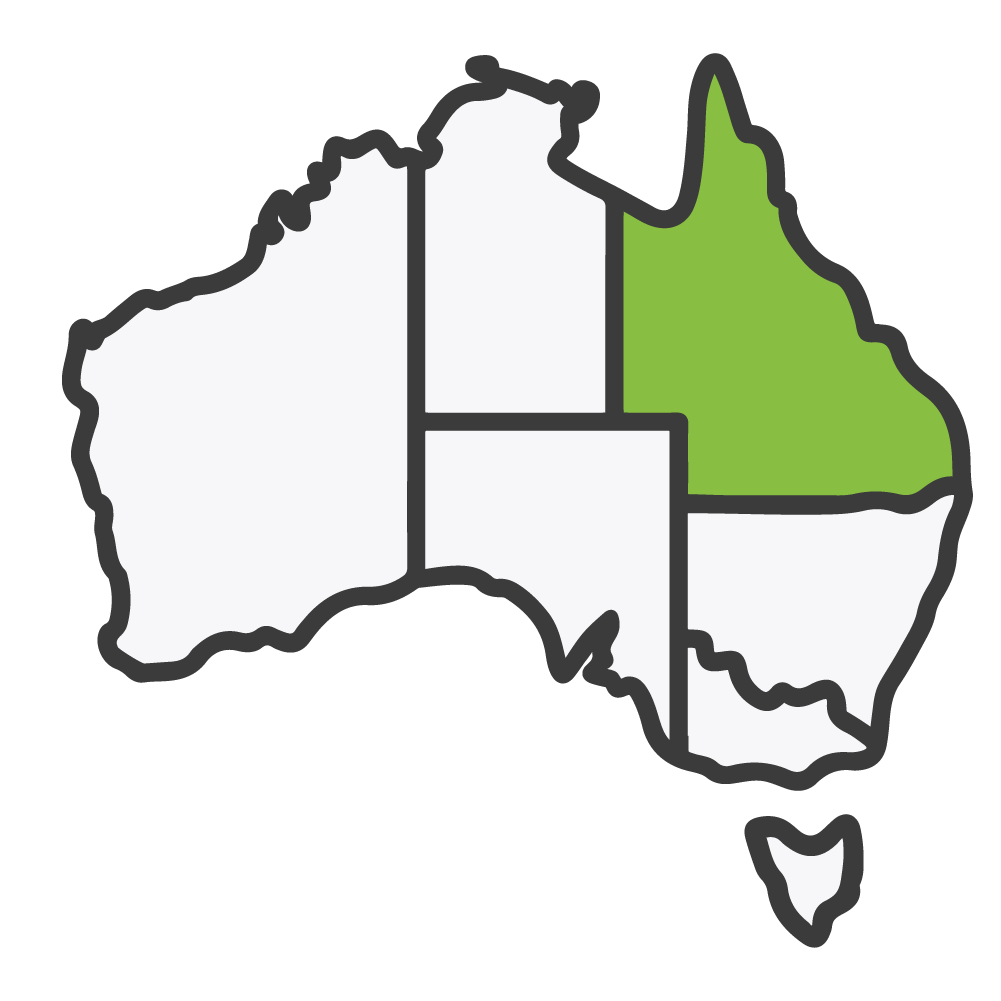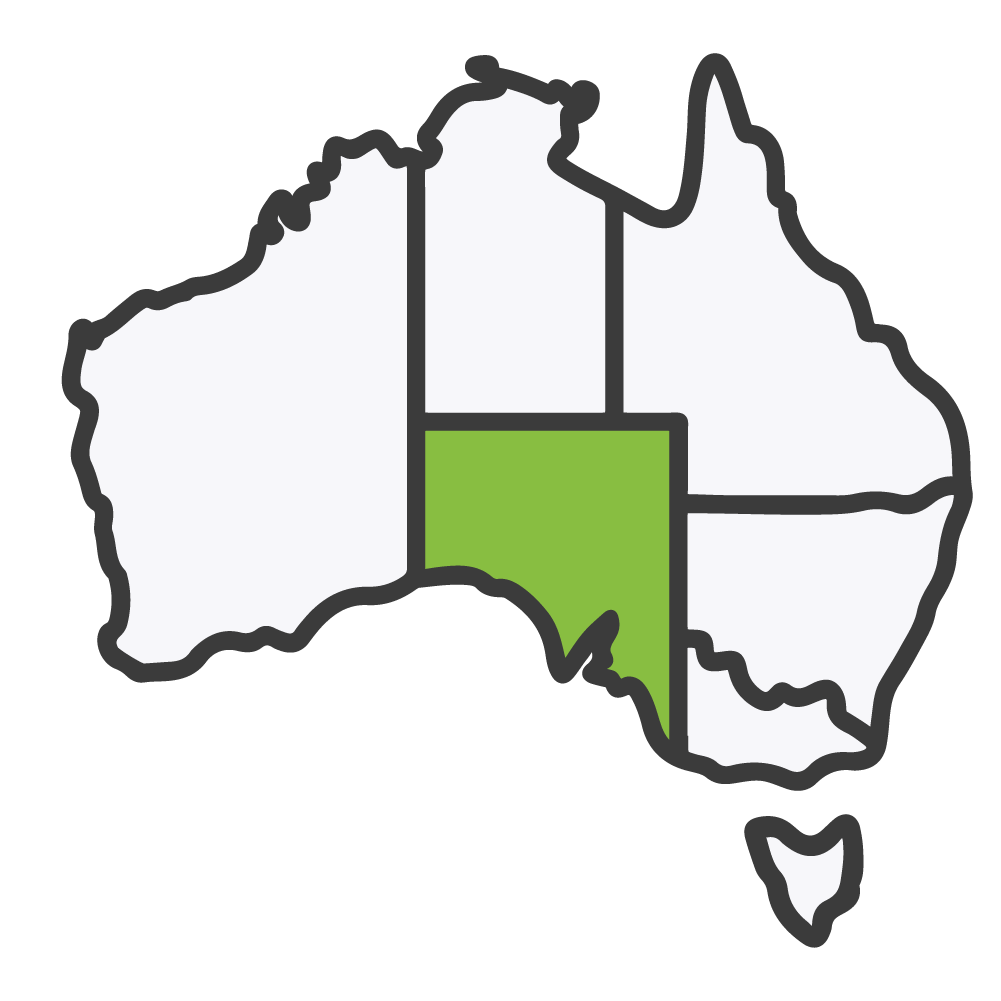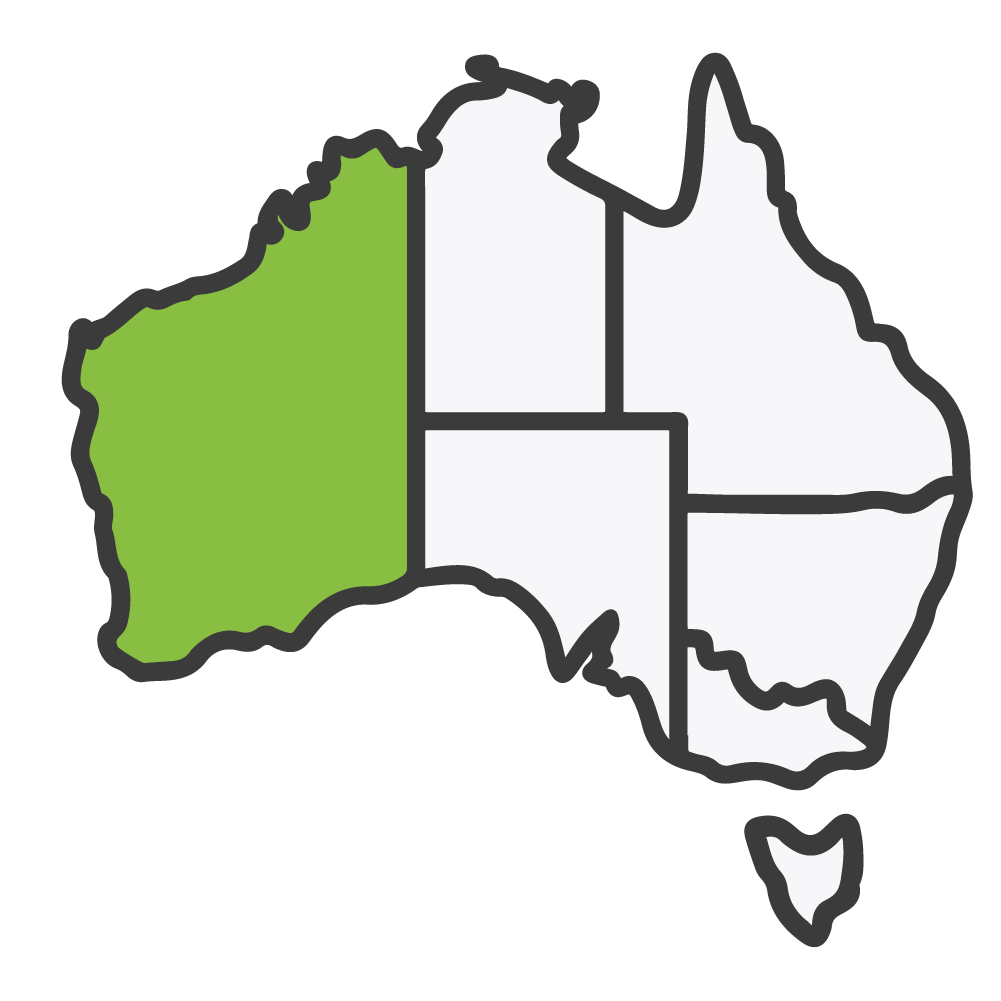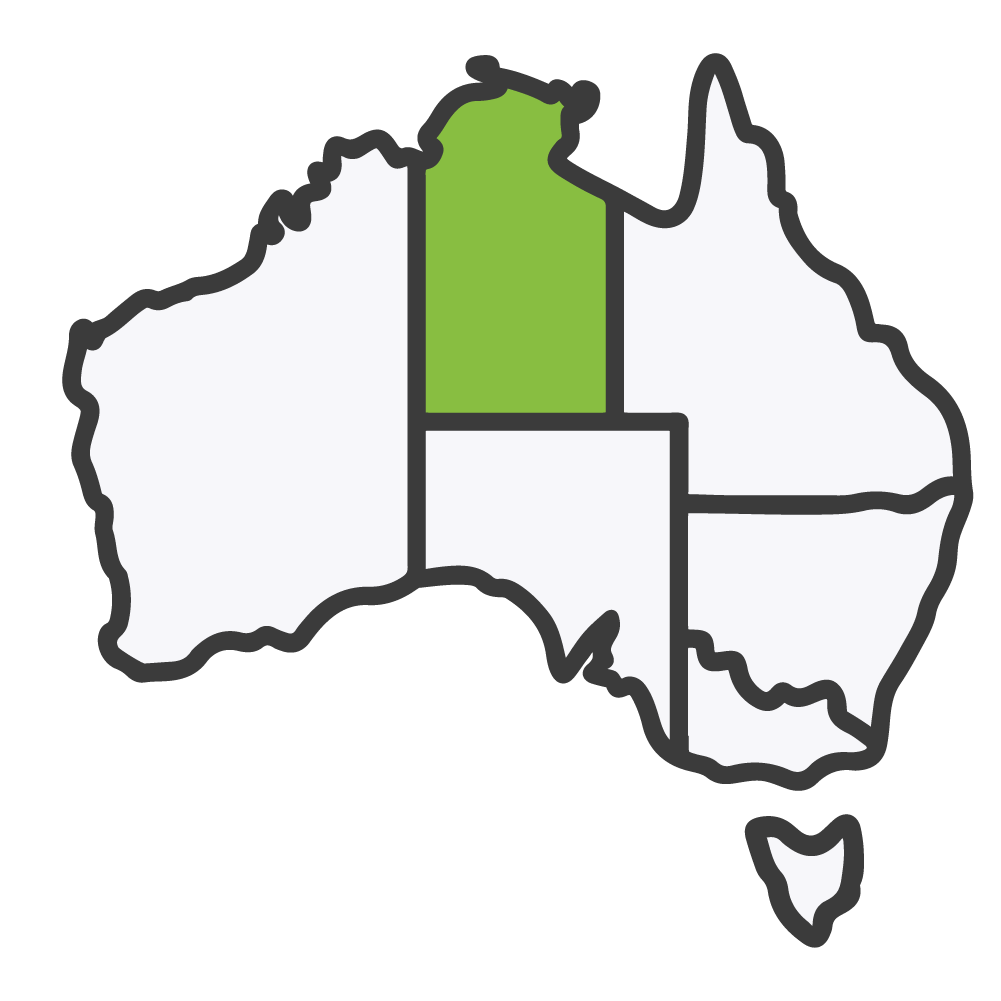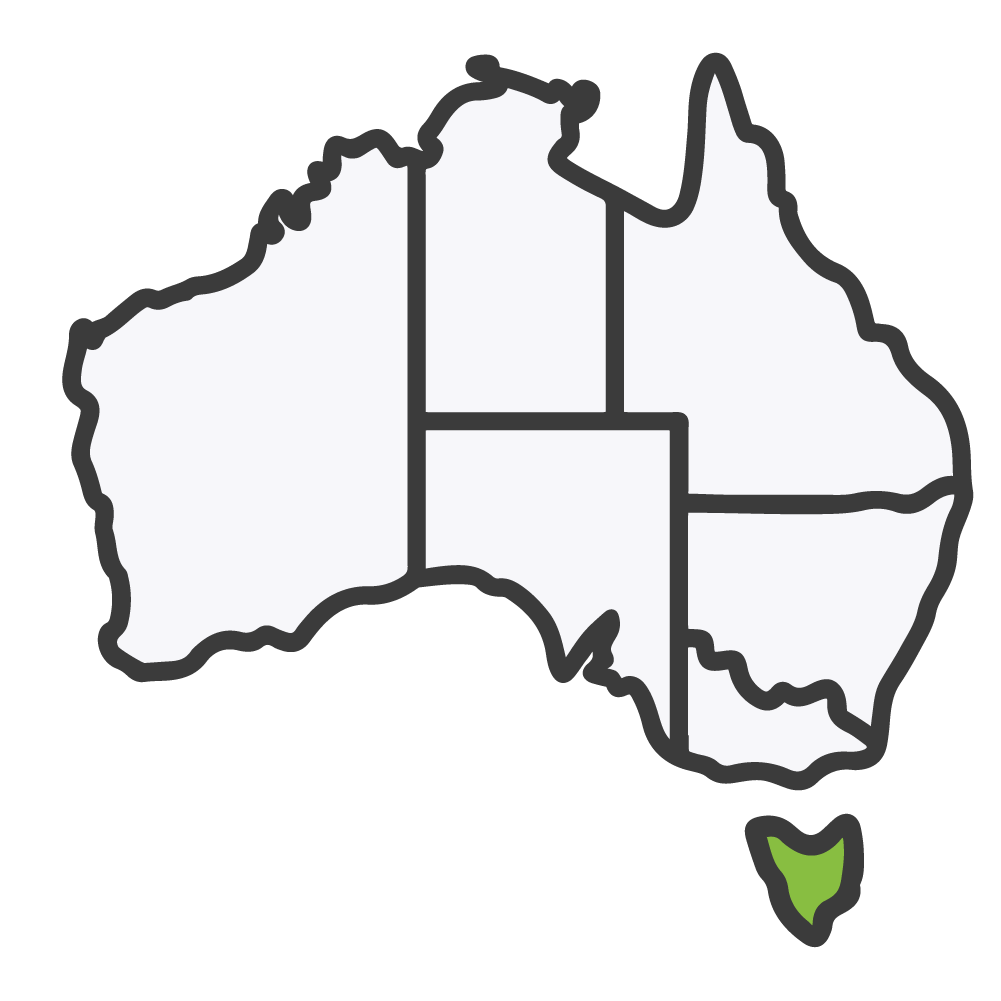Each state has its own procedures for the dry wall plastering licence application, but in most cases, you will need the appropriate qualifications to be deemed eligible for a dry plastering licence. CPC31220 Certificate III in Wall and Ceiling Lining is the nationally recognised qualification, however, other qualifications may also be recognised, including:
- Certificate III in Fibrous Plaster and Plasterboard Trade TAFE course #0115
- Qualification 11764 Certificate III in Plastering, Fibrous and Plasterboard
- Trade TAFE course #2153BCG30298 Certificate III in General Construction (Wall and Ceiling Lining) TAFE course #8062
- BCG31203 Certificate III in Wall and Ceiling Lining
- CPC31208 Certificate III in Wall and Ceiling Lining
- CPC31211 Certificate III in Wall and Ceiling Lining
There are many ways to obtain a dry plastering licence in Australia. Classroom study is the most common option. You could also enroll in an apprenticeship and have the experience evaluated and credited towards an equivalent qualification.
If you have several years of experience, but you do not have a formal qualification, you may be able to have your experience and skills assessed through recognition of prior learning in order to achieve an equivalent qualification.
Please contact your state’s licensing body for up to date information as requirements do change.
